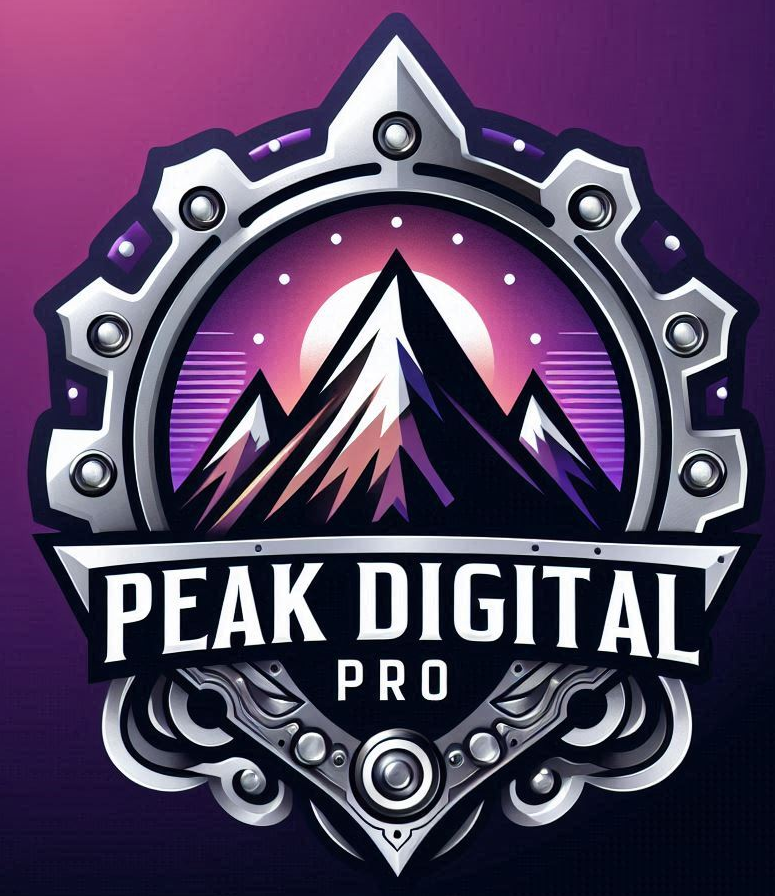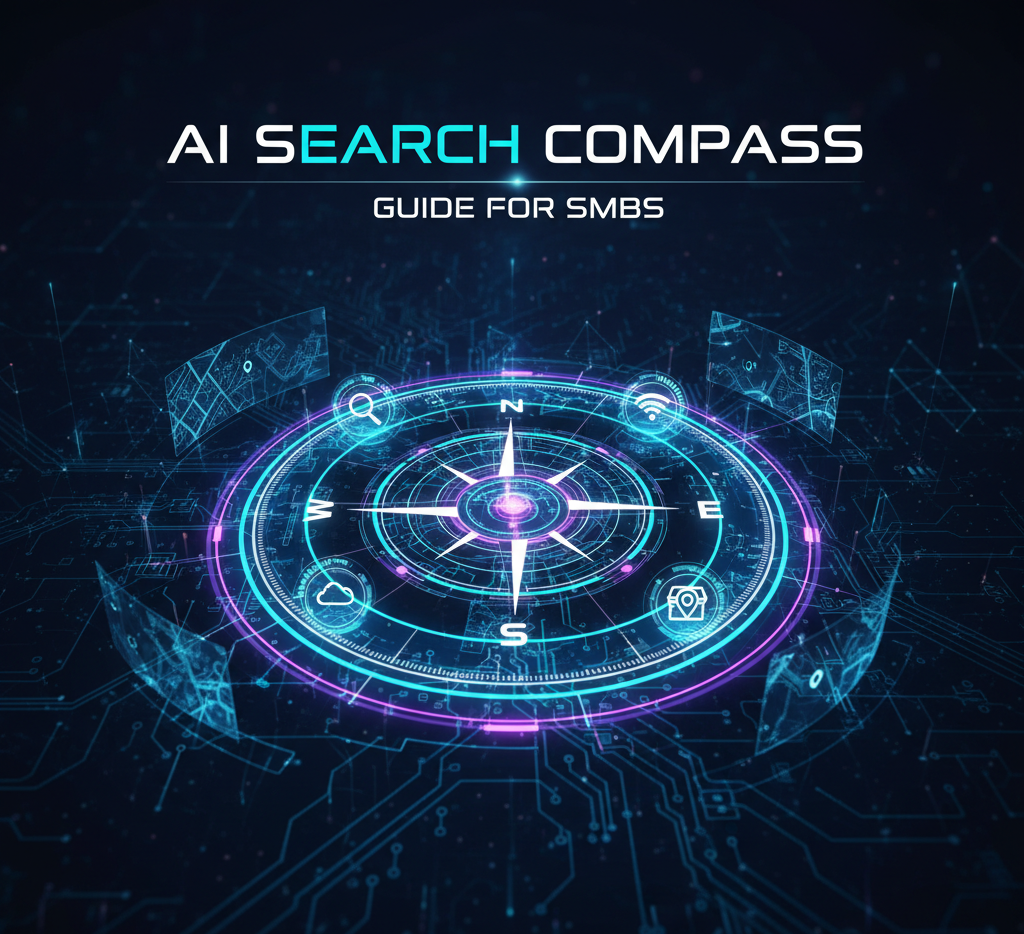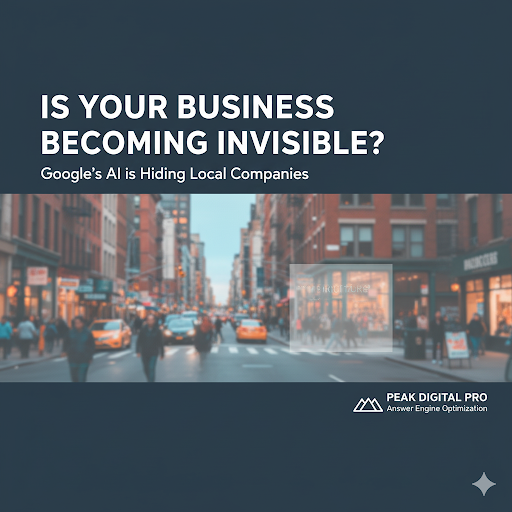Optimizing Images for SEO: A 2025 Guide for U.S. Businesses
Optimizing images for SEO is now a make-or-break move for businesses trying to stand out online. Pretty pictures alone no longer cut it. Here is the shocker though. Images make up 41 percent of all data sent across the web, directly influencing site speed and search rankings. Most businesses still ignore this or fall into outdated habits that quietly drag down their visibility. What really changes the game is not mastering design tricks, but knowing a few key tweaks that can unlock faster load times and give your site the edge search engines love.
Table of Contents
Quick Summary
| Takeaway | Explanation |
|---|---|
| Optimize images for performance. | Using modern formats like WEBP reduces load times, enhancing SEO rankings. |
| Use descriptive file names and alt text. | Context-rich file names help search engines index images better for improved visibility. |
| Leverage Content Delivery Networks (CDNs). | CDNs reduce load times by serving images from the nearest server, enhancing user experience. |
| Create location-specific visual content. | Tailored images improve local SEO by showcasing community ties and relevance. |
| Avoid common image SEO mistakes. | Neglecting compression and alt text can hinder website performance and search rankings. |
Why Optimizing Images for SEO Matters
Visual content is the heartbeat of digital communication, and for businesses seeking online visibility, optimizing images for SEO is no longer optional—it’s essential. The digital landscape demands more than just attractive visuals.
The Performance Impact of Image Optimization
Images are not merely decorative elements on a website. According to a comprehensive study on web image formats , images constitute 41% of transmitted data on the web, directly impacting website performance and user experience. Unoptimized images can significantly slow down page load times, which search engines penalize.
To help illustrate the impact of different image formats on performance, the table below compares key attributes mentioned in the article for JPEG, PNG, WEBP, and AVIF formats.
| Image Format | Best Use Case | Compression/Quality | Impact on Load Time | Notable Feature |
|---|---|---|---|---|
| JPEG | Photographic images | Good balance | Baseline (traditional) | Widely supported, large photos |
| PNG | Graphics with transparency | Lossless | Often slower | Supports transparency |
| WEBP | General web images | High, efficient | 21% faster vs. JPEG | Smaller files at high quality |
| AVIF | High-performing images | Very high, efficient | 15% faster vs. JPEG | Next-gen format, excellent compression |
The performance implications are profound. Newer image formats like WEBP and AVIF can dramatically improve page load speeds. Research demonstrates these formats can reduce load times by 21% and 15% respectively compared to traditional compressed JPEGs. These seemingly small improvements translate into substantial SEO advantages.
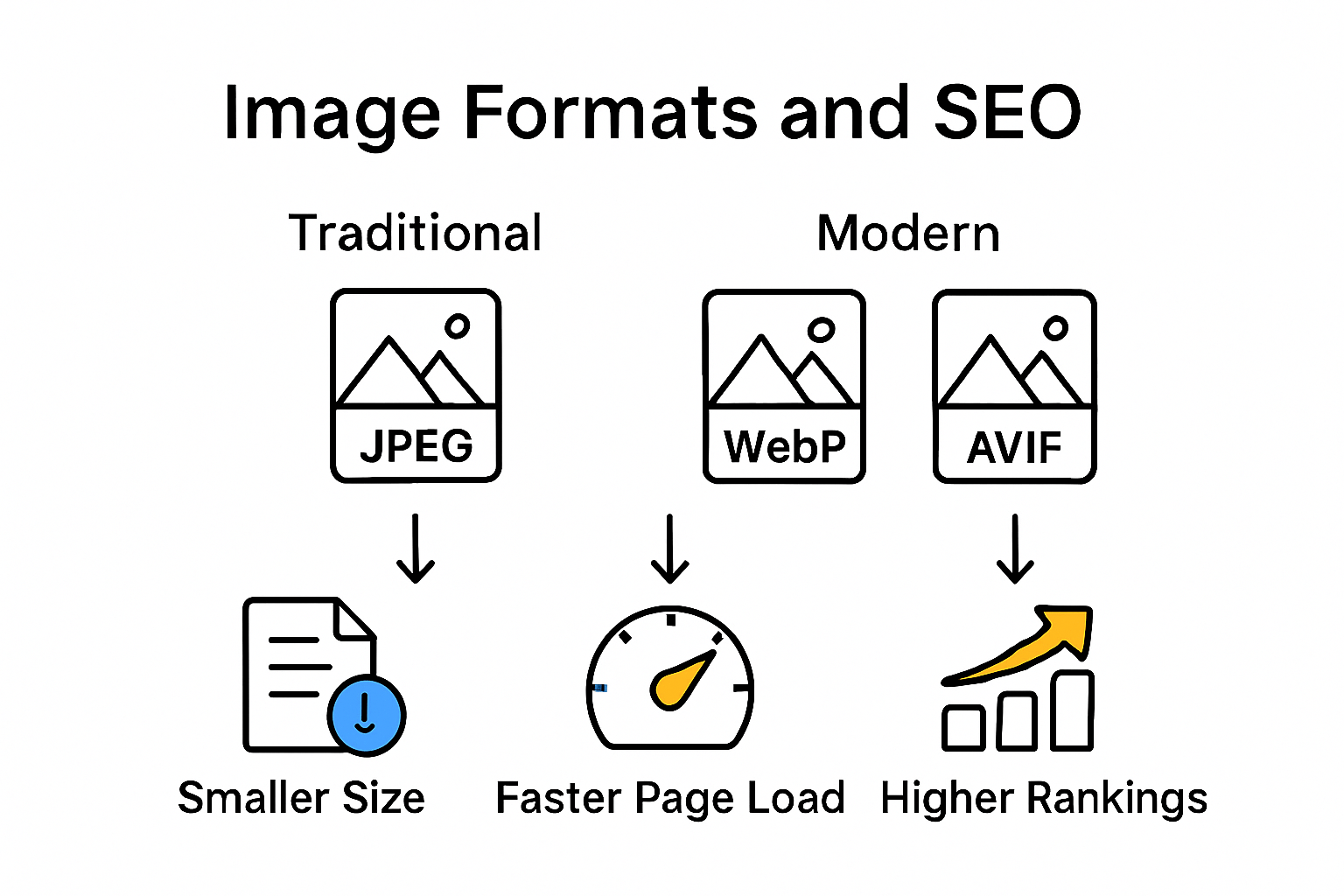
Search Engine Visibility and User Experience
Search engines prioritize websites that deliver exceptional user experiences. Image optimization plays a critical role in this evaluation. Brightspot emphasizes that reducing image file sizes leads to faster loading times, which directly influences search engine rankings.
Faster websites mean lower bounce rates and higher user engagement. When visitors can quickly access content without waiting for heavy images to load, they are more likely to stay, explore, and interact with your site. This behavioral data signals to search engines that your website provides value, potentially improving your search rankings.
Strategic Image Optimization Techniques
Optimization is not just about reducing file sizes. ImageEngine highlights that strategic image optimization involves multiple factors. This includes selecting appropriate file formats, compressing images without sacrificing quality, using descriptive file names, and implementing alt text that provides context for search engine crawlers.
Effective image optimization requires a holistic approach. It’s about creating a seamless blend of visual appeal and technical efficiency. By treating images as strategic assets rather than mere decorative elements, businesses can unlock significant SEO potential. Every optimized image becomes an opportunity to improve website performance, enhance user experience, and climb search engine rankings.
Essential Image Optimization Techniques for 2025
As digital landscapes evolve, businesses must stay ahead of image optimization strategies that drive SEO performance and user engagement. Understanding the latest techniques ensures your visual content works harder and smarter for your online presence.
Selecting the Right Image Formats
Yoast recommends a strategic approach to image formats that balances quality and performance. Different file types serve distinct purposes in 2025. JPEG remains ideal for larger photographic images, delivering excellent compression without significant quality loss. PNG continues to be the go-to format for graphics requiring transparency, while WebP emerges as a frontrunner for high-quality images with substantially smaller file sizes.
The key is matching the format to the specific image purpose. Photographers might prioritize JPEG, graphic designers might lean towards PNG, and web developers increasingly favor WebP for its efficiency. By understanding these nuances, businesses can significantly reduce file sizes without compromising visual appeal.
Optimizing File Names and Metadata
Grand Valley State University’s CMS Resource Guide underscores the critical role of image file names in SEO strategy. Search engines analyze these names to understand image context. Instead of generic names like “IMG_1234.jpg”, use descriptive, keyword-rich file names that accurately represent the image content.
For example, “colorado-springs-digital-marketing-team.jpg” provides more context than “DSC_5678.jpg”. This approach helps search engines better understand and index your visual content. Additionally, implementing alt text with relevant keywords further enhances image discoverability and accessibility.
Leveraging Content Delivery Networks
Search Engine Journal highlights the transformative potential of Content Delivery Networks (CDNs) for image optimization. CDNs host content across global servers, enabling faster image delivery by serving files from the nearest geographical server to the user. This reduces load times and improves overall website performance.
Modern CDNs offer advanced image transformation capabilities. They can automatically convert images to more efficient formats like WebP, resize images for different devices, and apply compression techniques. By implementing a robust CDN strategy, businesses can ensure their visual content loads quickly across various devices and network conditions.

Image optimization in 2025 is about more than just reducing file sizes. It’s a comprehensive approach that considers format selection, metadata strategy, and global content delivery. Businesses that master these techniques will see improved SEO rankings, faster website performance, and enhanced user experiences.
Local SEO: Optimizing Images for Colorado Businesses
Local businesses in Colorado face unique challenges in digital marketing, and image optimization plays a crucial role in standing out in a competitive online marketplace. Strategic visual content can significantly enhance local search visibility and attract potential customers.
Creating Location-Specific Visual Content
Search Engine Land highlights the importance of providing authentic, location-specific images that showcase your business’s unique Colorado environment. For Colorado businesses, this means capturing the essence of local landscapes, incorporating regional characteristics, and demonstrating your connection to the community.
A fascinating research study on visual marketing reveals that images featuring open surroundings, natural lighting, and local context can significantly improve customer perception. For Colorado businesses, this might translate to photographs that showcase mountain backdrops, local architectural styles, or images that reflect the state’s distinctive outdoor lifestyle.
Geo-Tagging and Location Metadata
CB/I Digital Marketing recommends embedding geo-specific information within image metadata. This practice helps search engines understand your precise location and improves local search rankings. For Colorado businesses, this means including location-specific keywords in image file names, alt text, and embedded metadata.
Consider using file names like “colorado-springs-digital-marketing-office.jpg” instead of generic “IMG_1234.jpg”. Include alt text that describes both the image content and its location, such as “Peak Digital Pro marketing team in Colorado Springs office”. These small details signal to search engines that your content is locally relevant and geographically specific.
Showcasing Local Expertise and Environment
Images should tell a story about your business’s connection to Colorado. This goes beyond simple location shots. Showcase your team working in local settings, highlight community involvement, and demonstrate how your services are tailored to Colorado’s unique business landscape.
For digital marketing agencies like Peak Digital Pro, this might mean images of team members collaborating with local Colorado Springs businesses, photographs of community events, or visuals that capture the innovative spirit of Colorado’s entrepreneurial ecosystem. Each image becomes a strategic tool for demonstrating local expertise and building regional credibility.
Optimizing images for local SEO is about creating a visual narrative that resonates with Colorado audiences. By thoughtfully selecting, tagging, and presenting images that reflect your local identity, businesses can improve search rankings, enhance user engagement, and build a stronger connection with their regional customer base.
Common Mistakes to Avoid with Image SEO
Image SEO is a nuanced practice where small errors can significantly impact your website’s performance and search engine rankings. Understanding and avoiding common pitfalls can transform your visual content from a potential liability to a powerful SEO asset.
Below is a checklist summarizing the most common image SEO mistakes mentioned in the article and recommended avoidance strategies.
| Mistake | Why It’s Harmful | How to Avoid |
|---|---|---|
| Overlooking image compression | Slows page loads, hurts SEO rankings | Use compression tools, balance quality/size |
| Neglecting alternative text (alt text) | Hurts accessibility & search engine indexing | Add descriptive, keyword-rich alt text |
| Using generic file names | Limits search engine understanding of images | Use descriptive, keyword-specific file names |
| Ignoring image context and relevance | Confuses search algorithms, reduces ranking potential | Align images with surrounding content purpose |
| Uploading high-resolution images directly | Consumes bandwidth, increases bounce rates | Resize and optimize before uploading |
| Embedding text within images | Reduces accessibility, SEO opportunities | Provide information in alt attributes & context |
Overlooking Image Compression and Performance
The Digital Marketing Resource warns that neglecting image optimization can dramatically slow page load times and reduce search engine rankings. Many businesses upload high-resolution images directly without considering file size and website performance.
Uncompressed images consume significant bandwidth and increase page load times. This not only frustrates users but also negatively impacts search engine rankings. Modern websites require a delicate balance between image quality and performance. Businesses should use compression tools that maintain visual clarity while reducing file sizes, ensuring swift page loading across different devices and network conditions.
Neglecting Alternative Text and Accessibility
WebCEO highlights the critical importance of alternative text for images. Embedding text within images or failing to provide descriptive alt attributes can severely limit search engine indexing and accessibility.
Alt text serves multiple purposes. It helps search engines understand image content, provides context for visually impaired users, and offers an additional opportunity to include relevant keywords. Generic alt text like “image” or leaving the attribute blank represents a missed opportunity for SEO optimization. Instead, craft descriptive, concise alt text that accurately represents the image content while naturally incorporating relevant keywords.
Ignoring Image Context and Relevance
The AJC Center’s SEO Encyclopedia emphasizes that images must be contextually relevant and strategically placed. Random or decorative images that do not contribute to the content can dilute your SEO efforts.
Every image should serve a purpose beyond aesthetic appeal. Whether demonstrating a concept, showcasing a product, or illustrating a process, images must align with the surrounding content. Search engines increasingly use machine learning to understand image-text relationships. Irrelevant or disconnected images can confuse search algorithms and potentially harm your page’s ranking potential.
Navigating image SEO requires meticulous attention to detail and a holistic understanding of how visual content interacts with search engine algorithms. By avoiding these common mistakes, businesses can transform their images from potential SEO obstacles into powerful ranking tools. Remember, in the digital landscape, every image is an opportunity to communicate, engage, and optimize.
Frequently Asked Questions
What is image optimization for SEO?
Image optimization for SEO involves techniques to reduce image file sizes and improve load times, making them more efficient for search engines while enhancing user experience.
Why does image optimization matter for website performance?
Images make up 41% of all data transmitted on the web. Unoptimized images can slow down page load times, hurting SEO rankings and user engagement.
What are the best image formats for SEO in 2025?
For SEO in 2025, use JPEG for photos, PNG for graphics with transparency, and WEBP for web images as it offers high quality with smaller file sizes.
How can local businesses optimize images for local SEO?
Local businesses can optimize images by creating location-specific content, using geo-tagging in metadata, and showcasing local expertise through relevant visuals.
Ready to Transform Your Image SEO Into a Competitive Edge?
Struggling with slow websites and poor search rankings because your images are holding you back? The Optimizing Images for SEO: A 2025 Guide for U.S. Businesses outlines how uncompressed files, missing alt text, and outdated formats can quietly undermine your performance and cost you new customers. At Peak Digital Pro, we help businesses solve these exact pain points by pairing modern image formats like WEBP with AI-powered strategies designed for today’s digital marketplace. Our experts understand Colorado’s unique business landscape and know how to increase your online visibility using proven SEO optimization techniques.
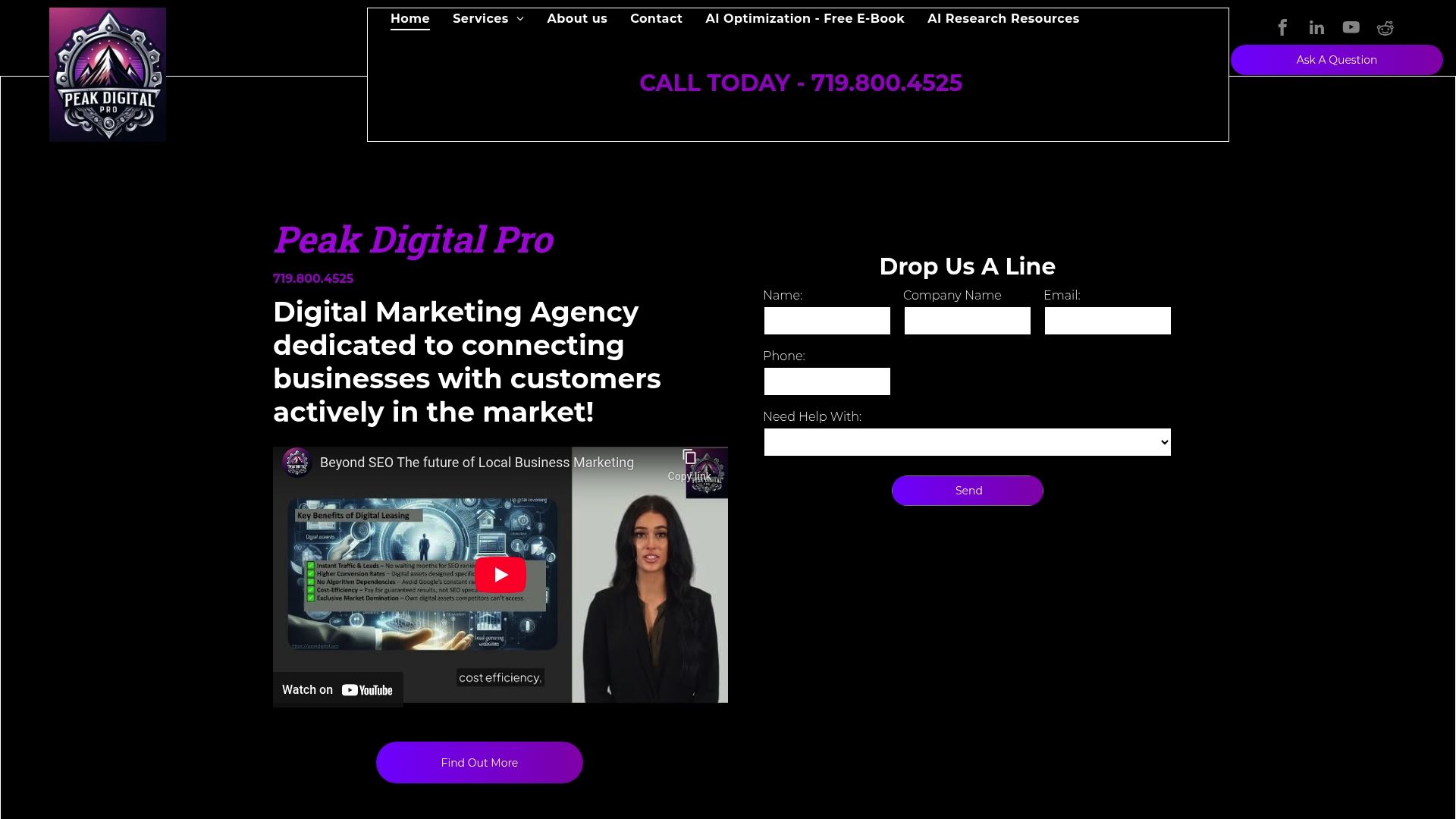
Stop letting overlooked images damage your rankings or slow your growth. Take action now with a free consultation at Peak Digital Pro. Discover how our team can elevate your brand using smart, tailored solutions that fix the most common SEO image mistakes. Accelerate your site, win local customers, and make every image work for your business today.
